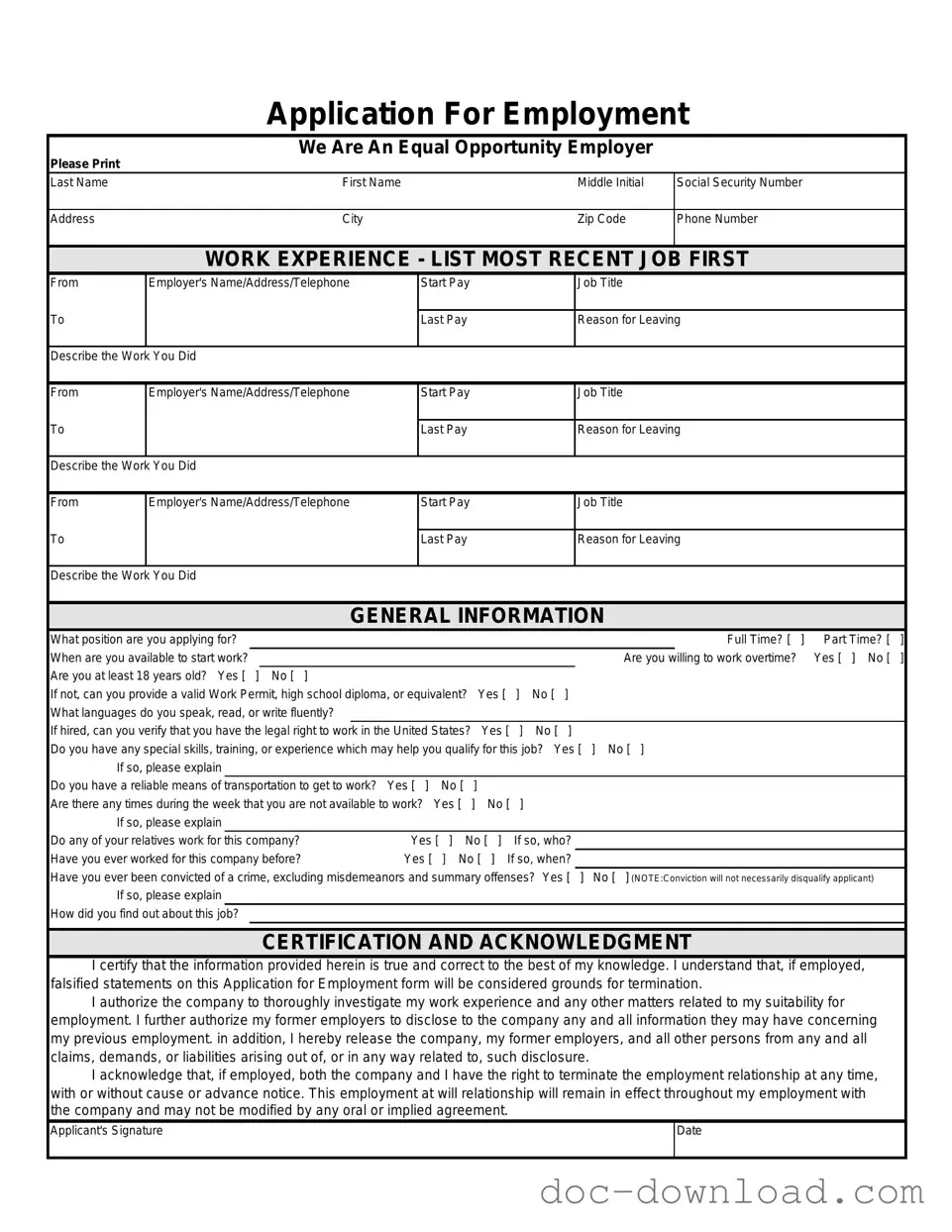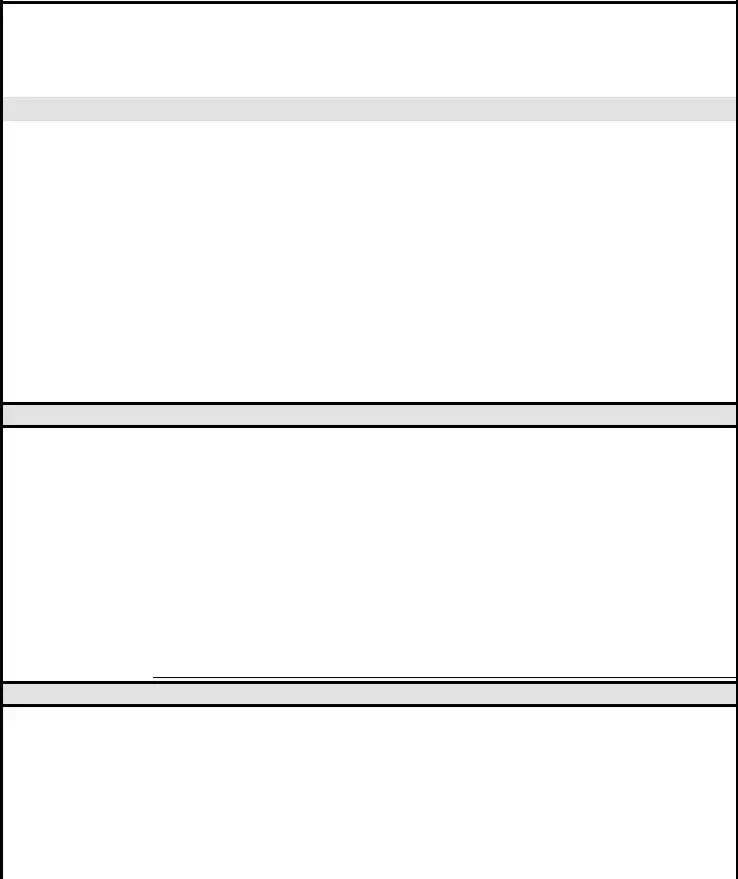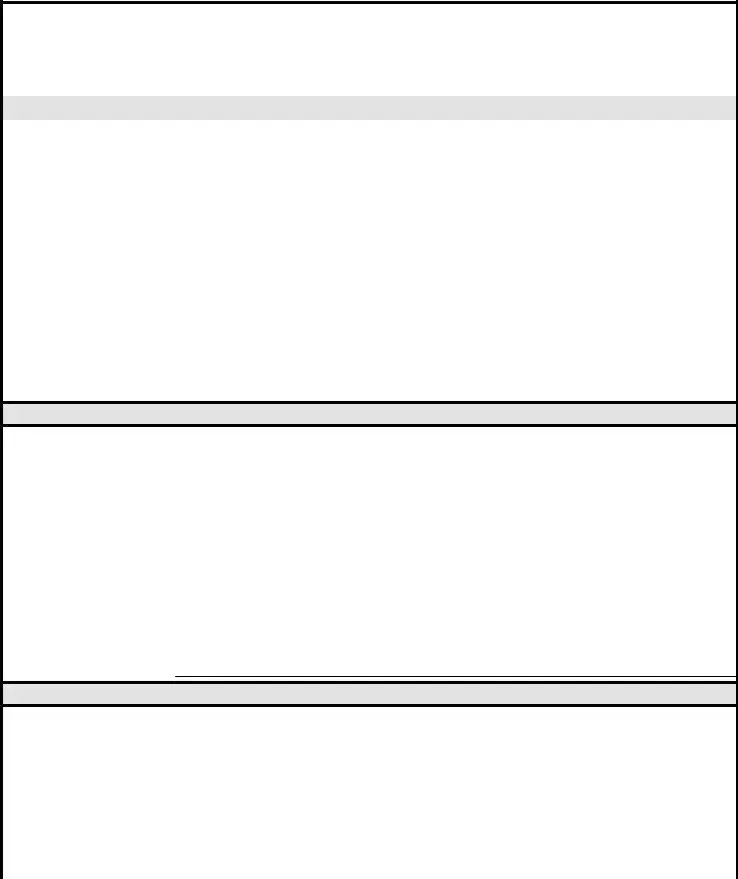The Job Application Form is similar to a Resume in that both documents provide a summary of an applicant's work history and qualifications. A resume typically lists experiences in a more condensed format, highlighting key achievements and skills. While a resume may be tailored for specific job applications, the Job Application Form requires detailed information about each position held, including dates, duties, and reasons for leaving. Both serve the purpose of showcasing an individual's suitability for employment.
An Employment Verification Form shares similarities with the Job Application Form, as both require the applicant to provide information about previous employers. The Employment Verification Form is often used by employers to confirm the details provided by candidates, such as job titles, dates of employment, and reasons for leaving. While the Job Application Form collects this information directly from the applicant, the Employment Verification Form is typically filled out by previous employers to validate the applicant's claims.
The Background Check Consent Form is another document that aligns closely with the Job Application Form. Both forms require the applicant's consent to investigate their background, including criminal history and employment verification. The Job Application Form includes questions about past convictions, while the Background Check Consent Form specifically authorizes the employer to conduct a thorough background check. This ensures that the employer has the necessary permission to gather sensitive information.
The W-4 Form, used for tax withholding, is also related to the Job Application Form in that both are essential for the hiring process. While the Job Application Form collects personal and employment history, the W-4 Form focuses on tax information, such as filing status and number of allowances. Employers typically require both forms to ensure compliance with tax regulations and to facilitate proper payroll processing.
The I-9 Form, which verifies an employee's eligibility to work in the United States, is another document that complements the Job Application Form. The Job Application Form asks if the applicant can verify their legal right to work, while the I-9 Form requires documentation to prove citizenship or immigration status. Both forms are critical in ensuring that employers comply with employment laws regarding work eligibility.
A Cover Letter often accompanies a Job Application Form and serves a similar purpose in presenting the applicant’s qualifications. While the Job Application Form collects structured information, the Cover Letter allows candidates to express their personality and motivations for applying. Both documents work together to provide a comprehensive view of the applicant's suitability for the position.
The Interview Questionnaire can be compared to the Job Application Form as both documents are used to assess a candidate's fit for a role. The Interview Questionnaire often includes specific questions about skills and experiences, similar to those found in the Job Application Form. While the Job Application Form gathers information upfront, the Interview Questionnaire allows for deeper exploration during the interview process.
Understanding the intricacies of real estate transactions is essential for anyone involved in property transfers, particularly in Georgia, where a Georgia Quitclaim Deed can facilitate such processes. This legal document allows property owners to convey their interest to another party without guarantees regarding the title's legitimacy. For more details on this crucial form, you can visit https://quitclaimdeedtemplate.com/georgia-quitclaim-deed-template, which provides valuable resources for ensuring a smooth transfer.
The Offer Letter is related to the Job Application Form in that it represents the final step in the hiring process. After reviewing the Job Application Form and conducting interviews, employers issue an Offer Letter to formally present the terms of employment. Both documents are crucial in establishing the relationship between the employer and the employee, detailing expectations and responsibilities.
The Employee Handbook, while not a direct application document, is linked to the Job Application Form through its role in onboarding new hires. After completing the Job Application Form and being hired, employees receive the Employee Handbook, which outlines company policies, procedures, and benefits. This document helps to ensure that new employees understand their rights and responsibilities within the organization.
Finally, the Non-Disclosure Agreement (NDA) may also relate to the Job Application Form, especially in industries where confidentiality is crucial. While the Job Application Form collects personal and employment information, the NDA protects sensitive company information that the employee may access. Both documents are important in safeguarding the interests of the employer and establishing clear expectations for the employee.


